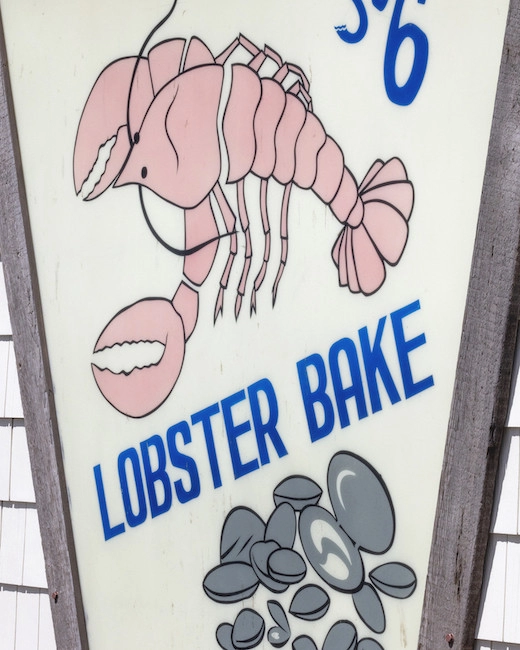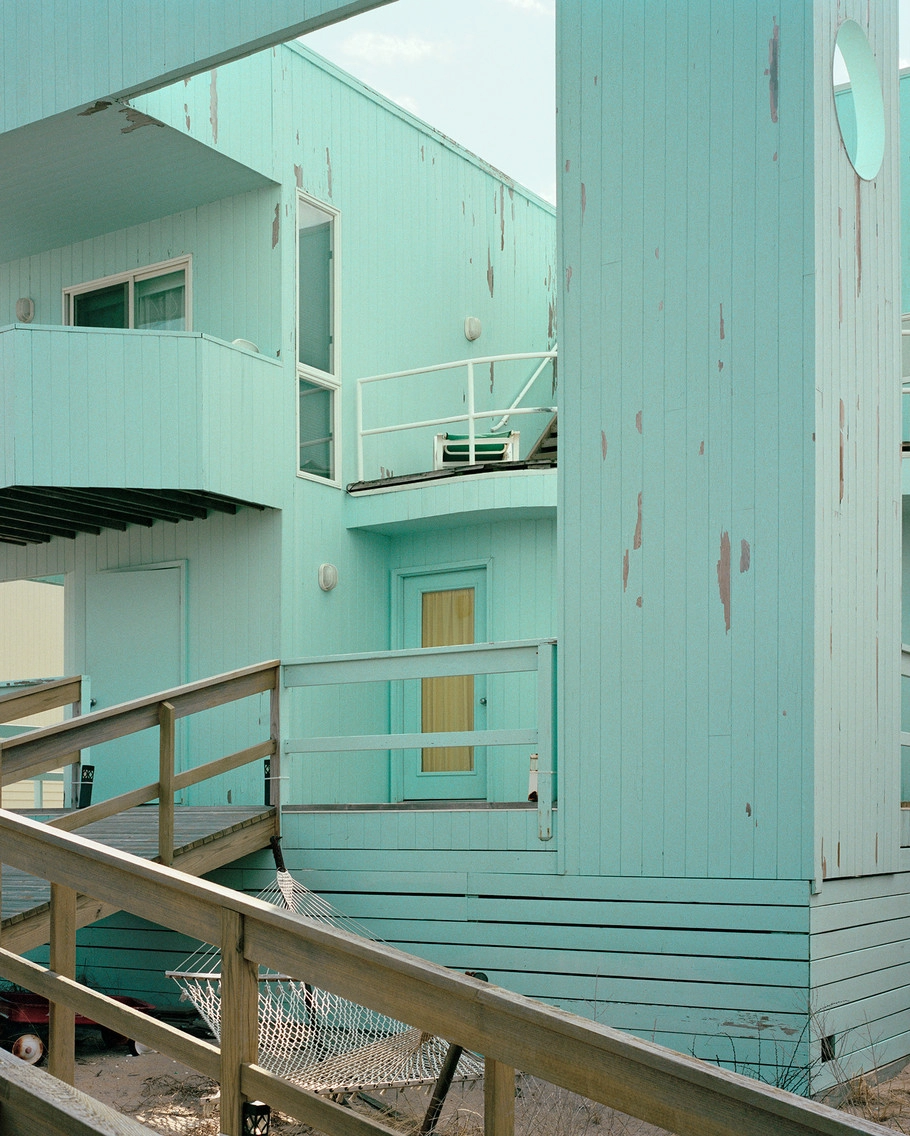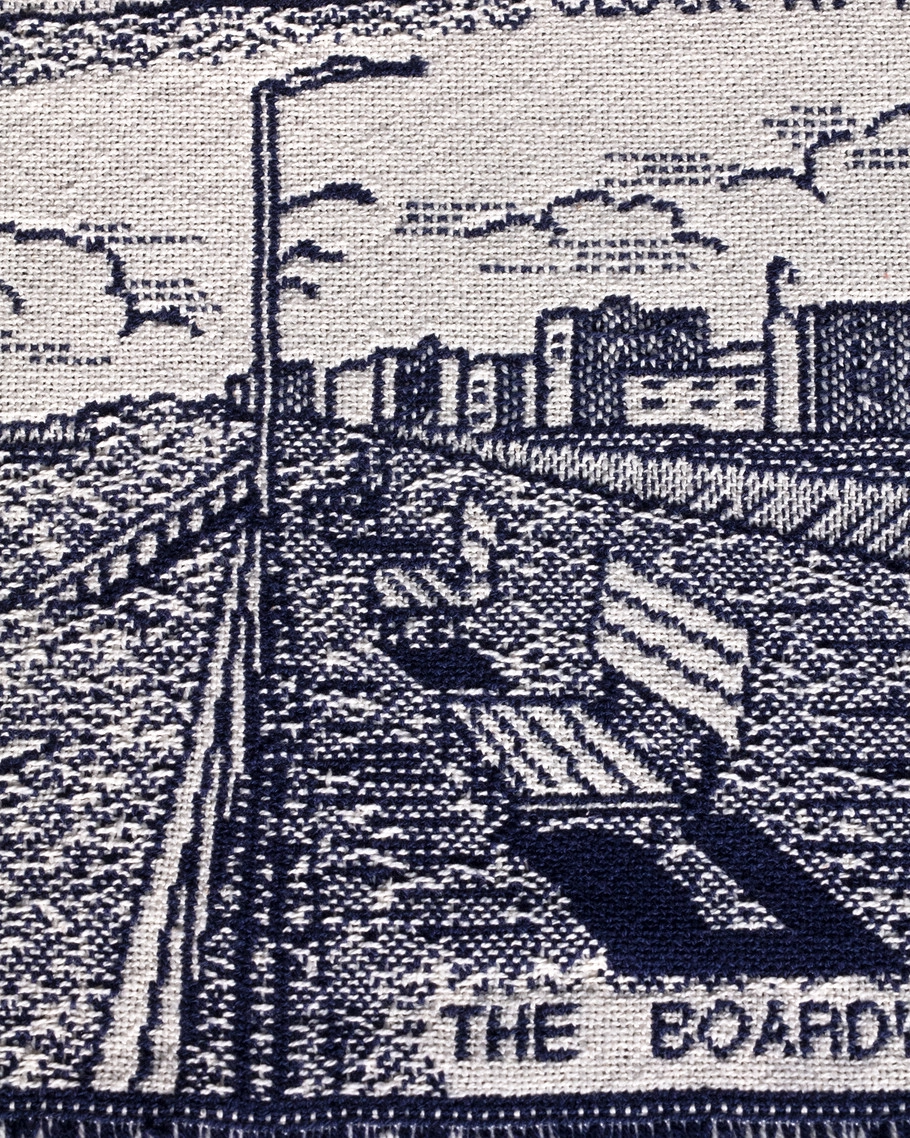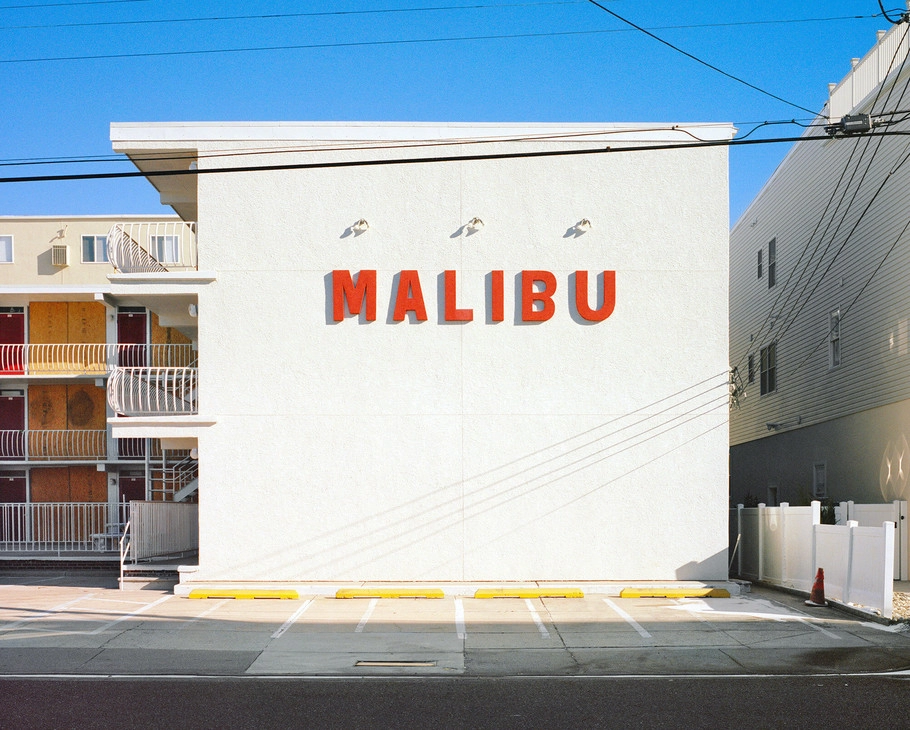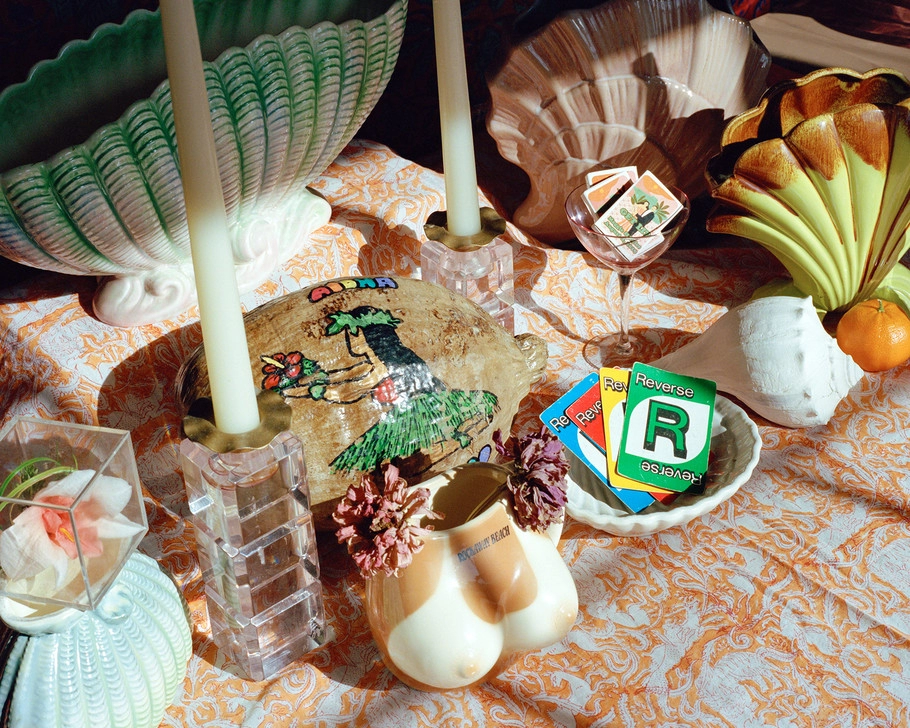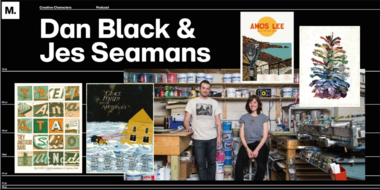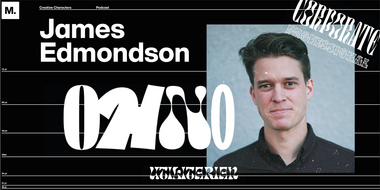Creative Characters Ep. 16. Tyler Haughey.
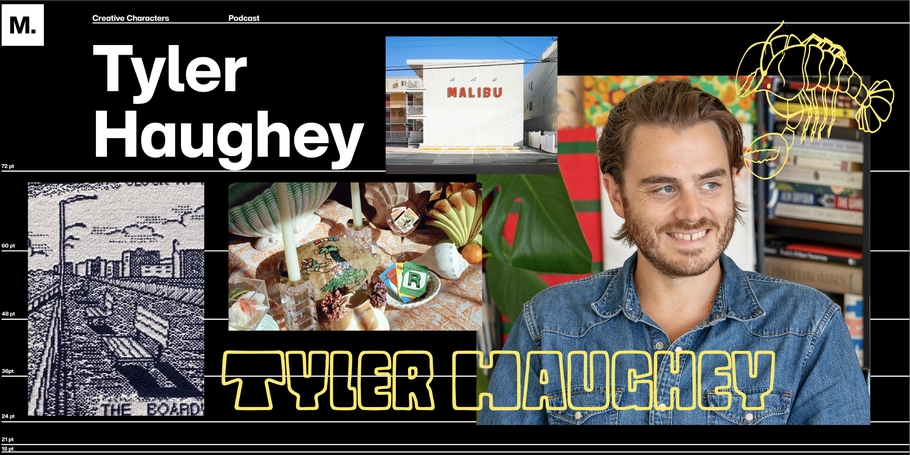
Tyler Haughey.
On Creative Characters, we meet the people and personalities behind the brands, campaigns, and designs we love. You can listen to the podcast on Apple, Spotify, Google Podcasts, and wherever quality podcasts are available.
Tyler Haughey has made a career for himself photographing the unseen angles of beach towns in the off-season—neon signs glowing in the snow, darkened motel rooms blinking out of deep hibernation, a promise to “see you next spring” painted by some unknown hand.
Growing up outside Asbury Park on the Jersey shore, Haughey has long been intimately familiar with this seasonal ebb and flow, as well as the precarious existence of towns that are almost entirely reliant on summer tourism to survive. His photography unearths the small details of life outside those fairy-tale summer months, and challenges the viewers to see “the place as it is versus the place as we want it to be.”
As the son of a union sign painter, it’s no surprise that signage has always featured prominently in Haughey’s work. “I can picture driving in the car with [my dad] and all of a sudden he’d point to a sign on the road or up on the hill and say, ‘Oh, that’s a great sign. That’s a great sign,’” Haughey recalls. “There’s this photographer named Joel Meyerowitz and I heard him say once that taking a picture is like saying ‘yes.’ It’s confirming what’s in front of you and being excited about it and pointing with a camera and saying ‘yes.’ So, similar to what Tim Haughey would do.”
His father’s career “really made an imprint on me,” Haughey says. “I don’t know how aware of it I was [early in his career], but when it came to what I’m drawn to when I’m out shooting and when I have my antennas out looking for subject matter, I’m drawn to bold colorful signage and roadside, vernacular structures.”
Up to this point, Haughey’s work has largely focused on his home territory along the Jersey shore, with an emphasis on the city of Wildwood in his photo series Ebb Tide. Wildwood, to the uninitiated, is home to a large concentration of original mid-century beach motels festooned with vivid, space-age neon signage alongside fake palm trees and other quirky, themed decorations.
For Haughey, Wildwood and places like it offer a chance to explore the space between nostalgia and memory and examine how certain signifiers—like signage and décor—anchor those experiences in our minds. “Memories start out being very familiar and recent and tangible,” Haughey says, “and then as you get further and further away from that summer vacation, they kind of turn strange and take on this fantastical element. You’re not really sure—did that really happen? Was it really that sunny? I think the nature of memory is that it just becomes less and less specific over time.”
Haughey’s most recent work goes further afield to explore similar spots up and down the East Coast, and focuses less on the built environment and more on what he calls “details we might ignore or forget: the warped angle, the errant hammock, the constellation of gift shop tchotchkes that form a portrait of the person who bought them.” His new show, Eastern Standard, debuts Oct 14 at the Sears Peyton Gallery in New York City, and runs through November 20.
For more information about Wildwood and the efforts to preserve its collection of hotels and neon signage, visit the Doo-Wop Preservation League.
